Review
There's a lot to like about the Tayron. It's spacious, well-equipped and cheap to run. The plug-in hybrid is extremely impressive but it's the only version not available with seven seats.
Overview
Volkswagen has a healthy SUV line-up ranging from the budget-friendly Taigo to the flagship Touareg, but the recent introduction of an all-new Tiguan left a gap for a seven-seat model.
The old Tiguan Allspace, a slightly longer seven-seat version of the Tiguan, was not replaced when the third generation launched. As such, the new Tayron was introduced to fill the void.
Like the Tiguan, the Tayron adopts VW’s soft and curvy styling language to align it more closely with the brand’s electric ID variants. It also retains a family of combustion engines, with diesel, petrol and plug-in hybrid options available.
As standard, the Tayron comes with seven seats. Unless you opt for the plug-in hybrid, which is the only one with any fleet appeal due to its low emissons. Tayron eHybrid models only come with a five-seat configuration.
Prices start at £40,130, for the Tayron 1.5 TSI Life. Plug-in hybrid models start from £44,015. The Tayron is available in Life, Elegance and R Line trims, while Match and R Line Edition are additionally available on the eHybrid.
Key rivals include the Kia Sorento, Hyundai Santa Fe and Skoda Kodiaq.
Comfort and practicality
The Tayron is VW’s second-largest SUV and it offers plenty of interior space as a result. The interior architecture is shared with the Tiguan, you just get a bit more room.
R Line models get sporty seats with integrated headrests, while the rest of the range has more conventional units. While largely button-less, the dashboard has a neat design and integrates illuminated trim panels, giving a more upmarket look.
While the interior plastics and materials aren’t going to worry the premium sector brands, everything inside the Tayron feels solid and durable. There’s cloth upholstery across the trim line-up, although leather can be had as an option.
There are plenty of comfort features, too. The front seats are heated on Match and above, and come equipped with cooling and massage functions on higher trim grades.
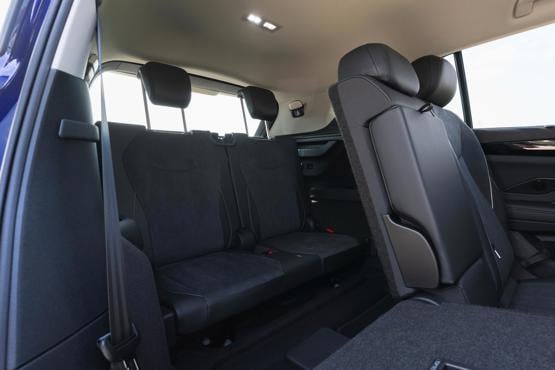
Space in the back is just as generous as up-front. Middle-row (or rear on eHybrid) passengers can enjoy ample leg and head room, while the Tayron’s width accommodates three adults across the bench with no issues.
Models equipped with a third row provide sufficient room for kids, but adults might find it a bit of a squeeze back there.
You can fold the third row flat into the floor, giving a boot volume of 850 litres. With all seats in use, the boot is still reasonable at 345 litres.
Five-seat eHybrid models have a 705-litre boot, making it the less capacious than the Kodiaq and Sorento. The Santa Fe has the smallest boot, but it is available with seven seats and a plug-in hybrid powertrain.
Safety and technology
Like all modern Volkswagens, the Tayron is equipped with a large central touchscreen that controls most of the car’s features. The display has a 12.9-inch diameter and pairs with a digital instrument cluster. A larger, 15-inch, central screen can be specified as an optional upgrade.
The user interface is straightforward and easy to operate. It also integrates a voice-controlled assistant that recognises natural speech using artificial intelligence.
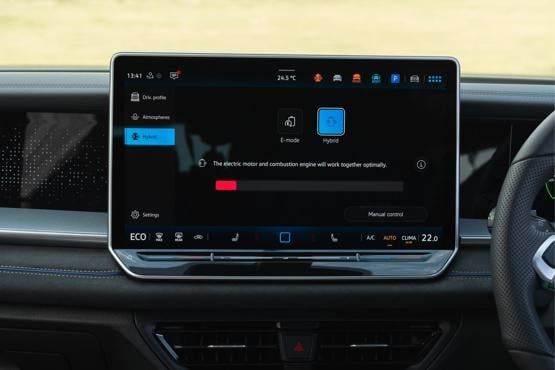
Drivers can choose their preferred home screen layout, including a row of quick access icons at the top of the screen. The climate control settings are always displayed in a strip at the bottom of the display.
In the centre console, a rotary controller offers customisable operation. It can be the volume control or drive mode selector, depending on driver preference.
A full suite of driver assistance systems comes on every Tayron and includes adaptive cruise control, autonomous braking, blind spot monitoring and lane keep assist. The Tayron also has front and rear parking sensors and a reversing camera, while top spec models also have a 360-degree camera system.
Driveability and efficiency
While the Tayron feels large and fairly imposing from the driver’s seat, it’s an easy car to drive. There’s excellent visibility and large door mirrors, plus a great view of the road ahead.
The powertrain line-up includes two petrol engines and a diesel. The base model is a 1.5-litre eTSI with mild-hybrid technology. It develops 150PS and has CO2 emissions from 139g/km. You can also have a 150PS TDI, with emissions from 145g/km. Both of these are front-wheel-drive.
A 2.0-litre petrol engine is also offered with all-wheel-drive. It can be had with 204PS or 265PS and CO2 emissions from 180g/km.
The eHybrid is more attractive for company car drivers as it has CO2 emissions from just 9g/km and a zero-emission range of more than 70 miles.

Using a 1.5-litre petrol engine and electric motor, the eHybrid is available with outputs of 204PS and 272PS.
It’s an impressive powertrain, providing good refinement and a useable electric range of more than 50 miles in real world driving. On long runs, it can return upwards of 45mpg, making it just as efficient as a diesel.
Opting for the eHybrid also gains VW’s DCC adaptive damper system, which allows the driver to tailor the car’s ride and handling to suit the current driving conditions. In Sport mode it firms everything up and minimises body roll, while comfort irons out the bumps and gives a floatier ride.
Without DCC, the Tayron has a firm but fair ride. It’s not overly cosseting, but you won’t punish passengers with too much discomfort.
Company car tax and running costs
Under the current company car tax rules, the Tayron eHybrid attracts just a 6% benefit-in-kind (BiK) rate making it one of the most cost-effective large SUVs for drivers. The only downside is that you can’t have it with seven seats.
Both the Kia Sorento and the Hyundai Santa Fe offer seven seats in combination with a plug-in hybrid, they aren’t anywhere near as efficient, however, and attract higher BiK rates as a result.
With running costs of less than 40p per mile, the Tayron eHybrid is a solid choice for fleets although Skoda offers the Kodiaq with the same plug-in hybrid powertrain for less money.
Matt has been an automotive journalist for nine years and has driven just about every new car and van that's on sale. As content editor - vehicles he is responsible for the automotive content on Fleet News and also contributes to Automotive Management. Prior to this, Matt worked in the automotive industry for 10 years.


Specs
| Manufacturer | Volkswagen |
| Model | Tayron Estate |
| Specification | Volkswagen Tayron Estate 1.5 TSI eHybrid Life 5dr DSG6 |
| Model Year | 2026.00 |
| Annual VED (Road tax) | £110 |
| BIK List Price | £43,850 |
| Range | 73.90mile(s) |
| CO2 | 9g/km |
| BIK Percentage | 6% |
| Insurance Group | N/A |
| CC | 1,498 |
| Fuel Type | Petrol Parallel PHEV |
| Vehicle Type | Large SUV |
| Luggage capacity (Seats up) | 705litres |
| Doors | 5 |
Running Costs
| P11D | £43,850 |
| Cost per mile | 43.14ppm |
| Residual value | £21,125 |
| Insurance group | N/A |
| Fuel Type | Petrol Parallel PHEV |
| Cost per mile | 126.34ppm |
| Fuel | 0.89ppm |
| Depreciation | 123.05ppm |
| Service maintenance and repair | 2.40ppm |
Rivals
Info at a glance
-
P11D Price
£43,850
-
MPG
706.2 (WLTP) -
CO2 Emissions
9g/km -
BIK %
6% -
Running cost
3 Year 60k : £21,125 4 Year 80k : £17,175 -
Fuel Type
Petrol Parallel PHEV -
Range
73.90mile(s)

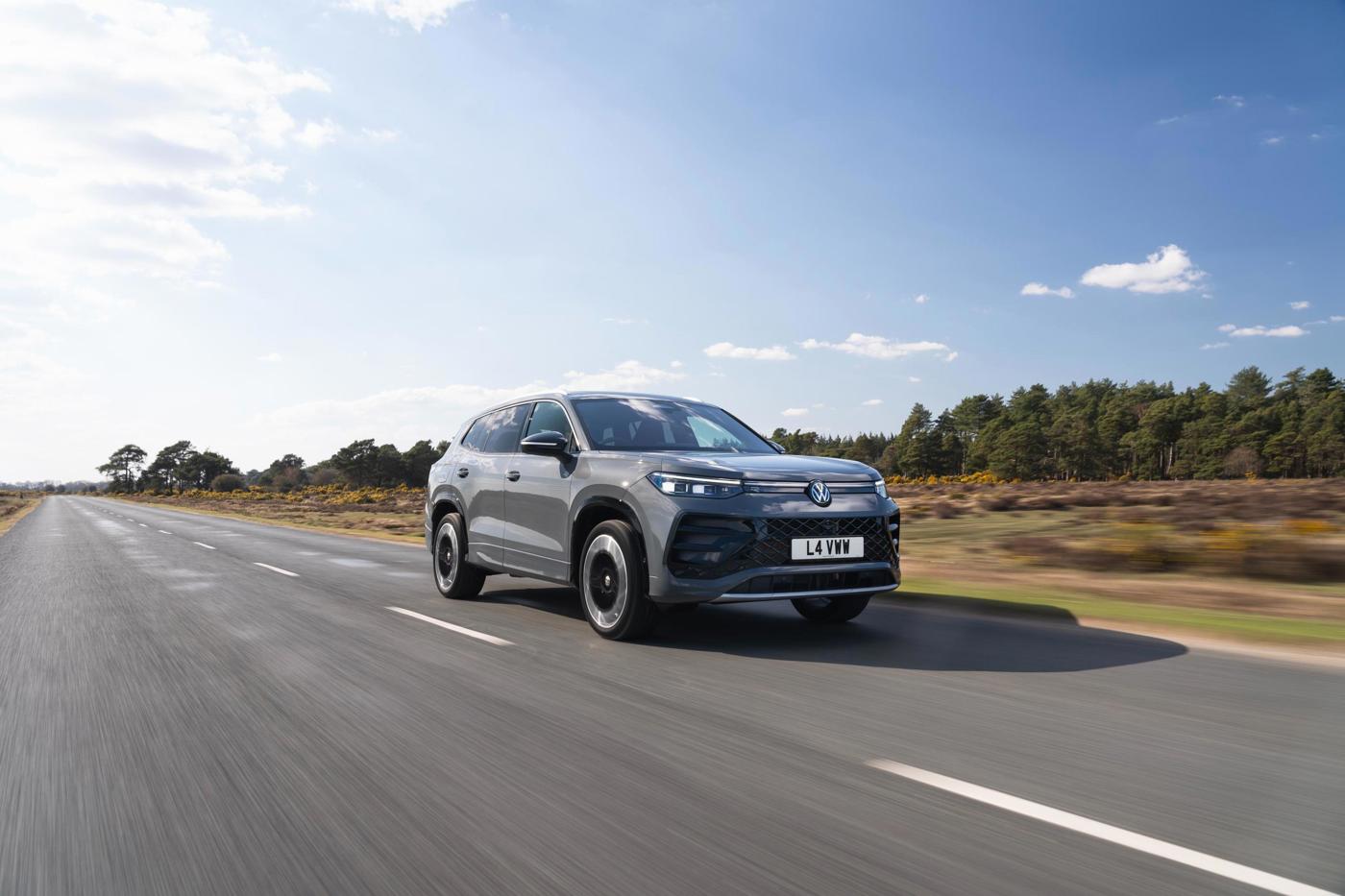
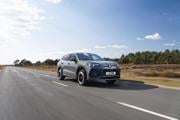
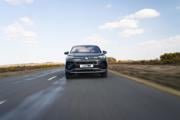

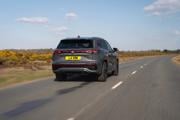

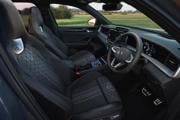

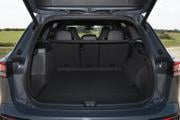
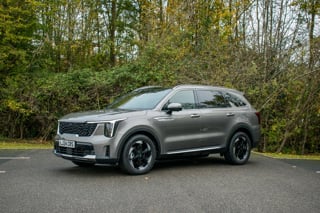
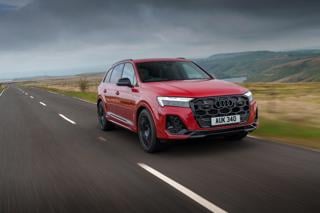
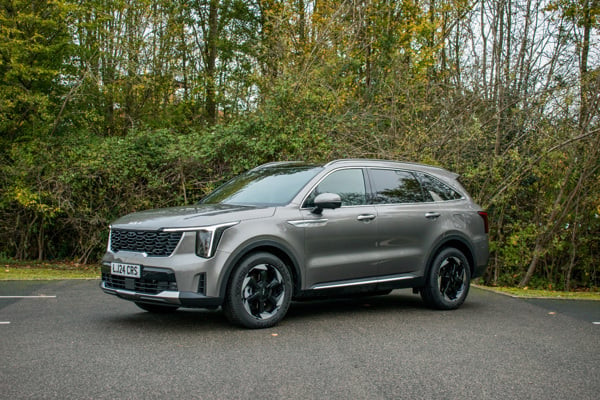
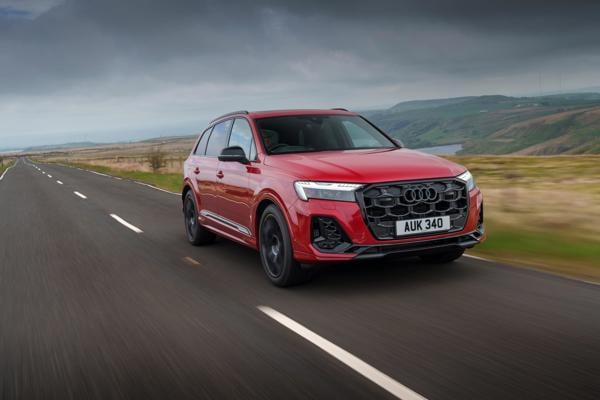
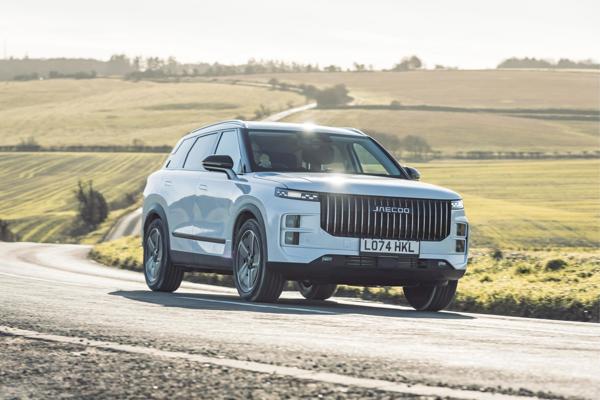
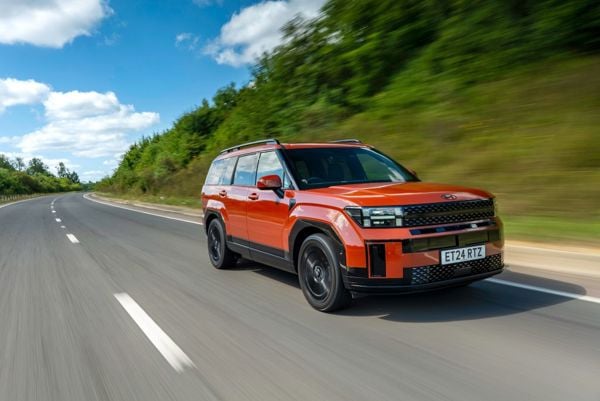
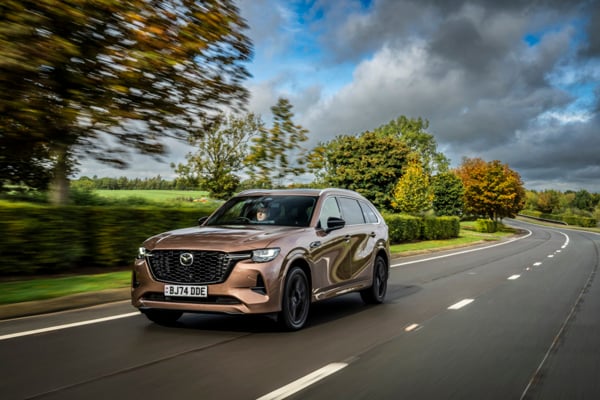
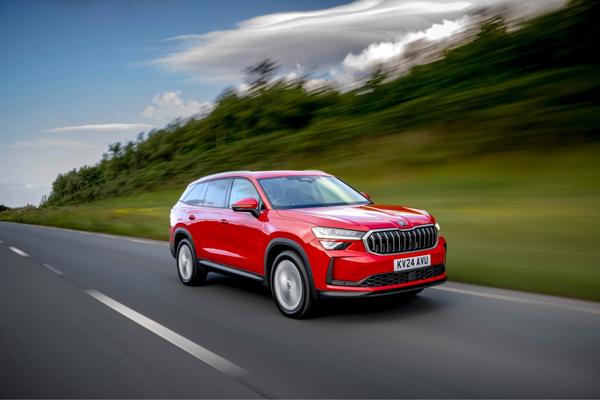
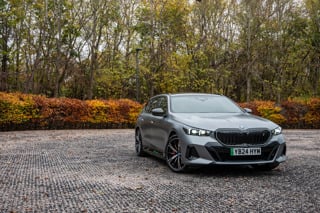
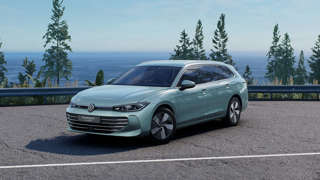
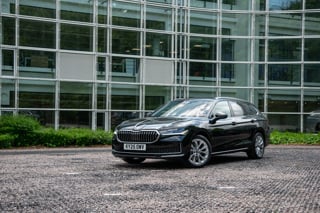
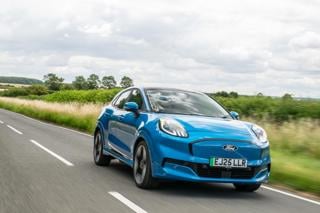


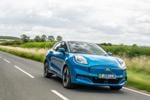


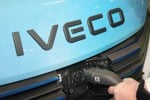

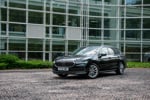

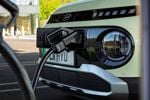



Login to comment
Comments
No comments have been made yet.